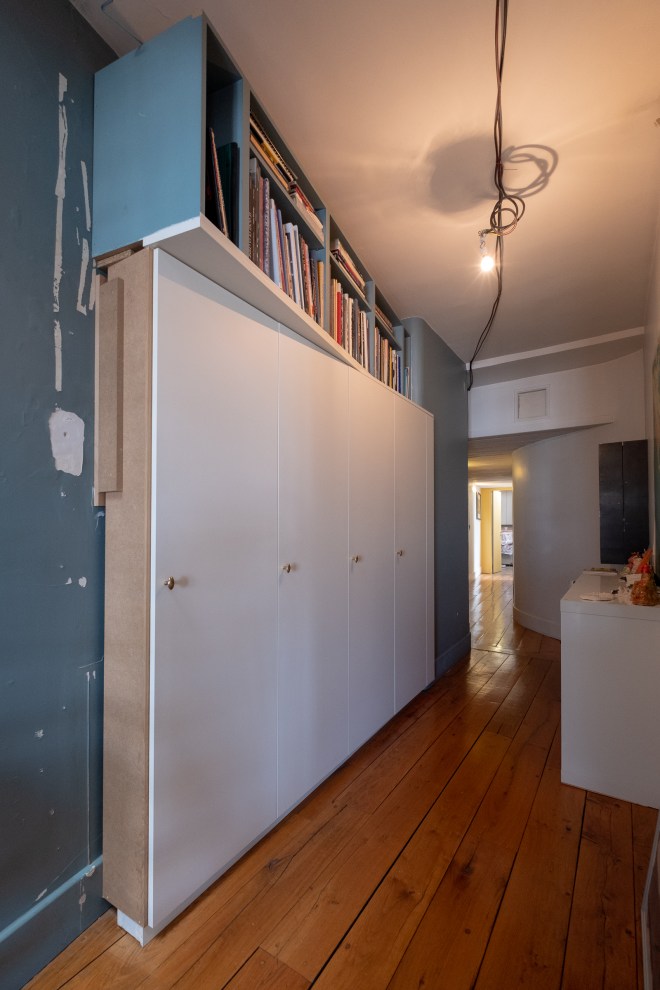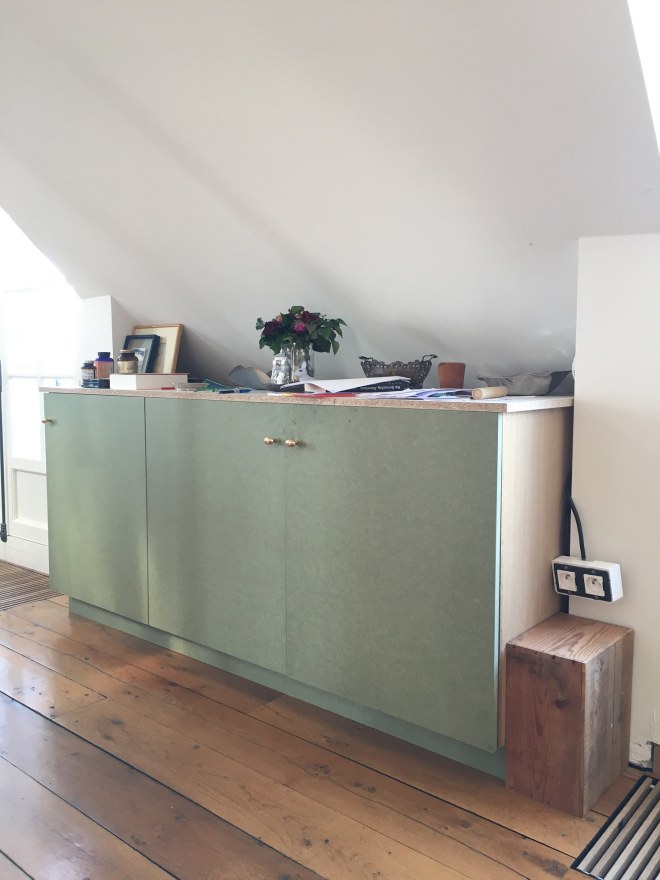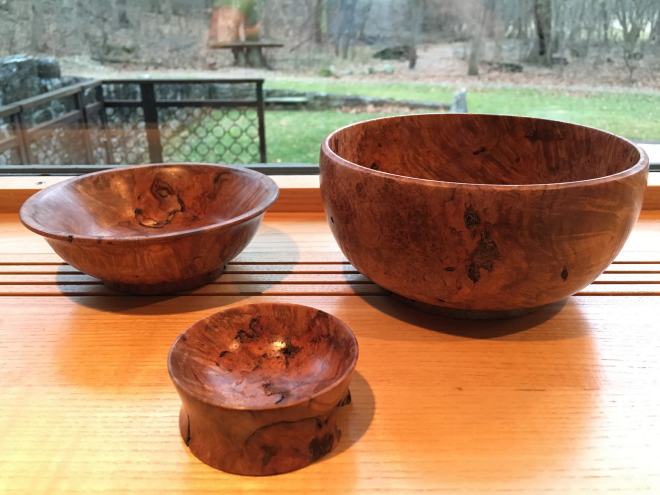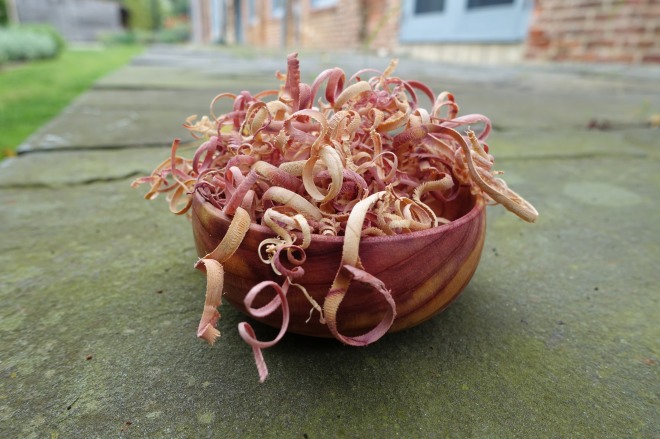A travel-size backgammon set purchased as a gift came without dice cups. I asked the game seller: “Do you sell dice cups which I can use with this set?” “No.” Following with what seemed to be a gaming-world snoot, he noted these are not needed: “I’ve never used dice cups to play backgammon. And look at how shallow the board is, no dice cup is going to fit into that.” He was pointing at half of the open set.
I thought about arguing the point about the depth of the space with the board closed but the look on his face told me that he would not accept this nor, perhaps, any known laws of physics.
Instead…challenge accepted. Bonus: a follow-up birthday gift.
Settled by the fire in Shepherdstown with the inside air temperature at 55° and a whisky perched nearby, I sketched a pair of dice cups. I had 2 criteria to meet: 1) I must use material on hand & 2) I must complete the project in less than a day.
A short detour to a video on turning lidded boxes provided the last hint to what might be a success — turn 2 cups which acted as lids for each other. I turned a quick mockup to reveal any kinks in the process and selected a piece of myrtle from a stash of turning blanks for the final. I was done with plenty of time to pack and catch my plane.
The fit of the cups is such that they separate with a satisfying pop. The thickness of the cup wall and the density of the wood yield a lovely tone with the shake of the dice.
Only one question remained: Did I close the flue?

A heart marks one end of the pair of cups.

Each cup is the lid of the other cup.

The year is burnt into the bottom of the tenoned cup. The cups fit easily in the closed set.
The cups when joined are 4 ¾” (120mm) tall × 1 ½” (33mm) around. The hollow is 1″ (25mm) in diameter.




















 Aside from the hardware, this project was completed with scrap material from my atelier and a repurposed bookshelf. The design was adjusted to use only single sheet divisions between each box — aside from the first, each box is, in their means of construction, only three sides and a back. The base, end panels, and trim between the repurposed bookcase await completion. The door finish will be paint to match the wall when final painting on this section of the apartment is complete. The bookshelf is from the year 2000.
Aside from the hardware, this project was completed with scrap material from my atelier and a repurposed bookshelf. The design was adjusted to use only single sheet divisions between each box — aside from the first, each box is, in their means of construction, only three sides and a back. The base, end panels, and trim between the repurposed bookcase await completion. The door finish will be paint to match the wall when final painting on this section of the apartment is complete. The bookshelf is from the year 2000.

